Pretty much wherever you drive in the United States and the southern portions of Canada you will see vultures soaring overhead, with that characteristic wobble while gliding giving away their identity. If you are in the Northern States or Canada, you will probably be seeing the larger red-headed Turkey Vulture as the smaller and dark headed Black Vulture typically stays in the Southern & Eastern States. These two species are pretty much the only Vultures you will see in North America. The Turkey Vulture is the most common of the two and also enjoys the widest range with the global population estimated at 4,500,000. The Turkey Vulture is also known as a Buzzard.
Neither the Black Vulture or Turkey Vulture posses a syrinx (the vocal organ of birds) and therefore have no song to sing, resorting only to grunts and hisses which you will often hear when fighting over food. The two species of vulture are very similar with the Turkey Vulture being slightly larger than the Black Vulture. The most obvious difference between the two is head colour, red for the Buzzard and dark for the Black Vulture. A less obvious difference between the two is that the Turkey Vulture holds its wings in a slight ‘V’ formation while gliding where the Black Vulture holds its wings in a parallel position when soaring. While both types have superb visual acuity the sense of smell is much better in the Turkey Vulture which it uses to its advantage when looking for carrion, the primary food source for both vultures.
Vultures are species of birds we photographers often overlook, perhaps because we don’t have the opportunity to get close to them or perhaps it’s that they are not as glamorous as other birds, or even other scavengers like the Crested Caracara. Anyway, this winter I made the attempt to get some decent images of vultures and I trust you enjoy them. All of the Black Vulture images were taken at Cherie Beach which is on the Atlantic Coast of Florida just south of Cape Canaveral and were all shot using the Canon EF 400mm f/5.6 L lens. The image of the Turkey Vultures was taken from a boat in Lake Toho using the Canon EF 500mm f/4 L IS lens.
The 400/5.6 is probably the best lens available for in-flight shots because of its light weight, compact size and super fast auto-focus speed.
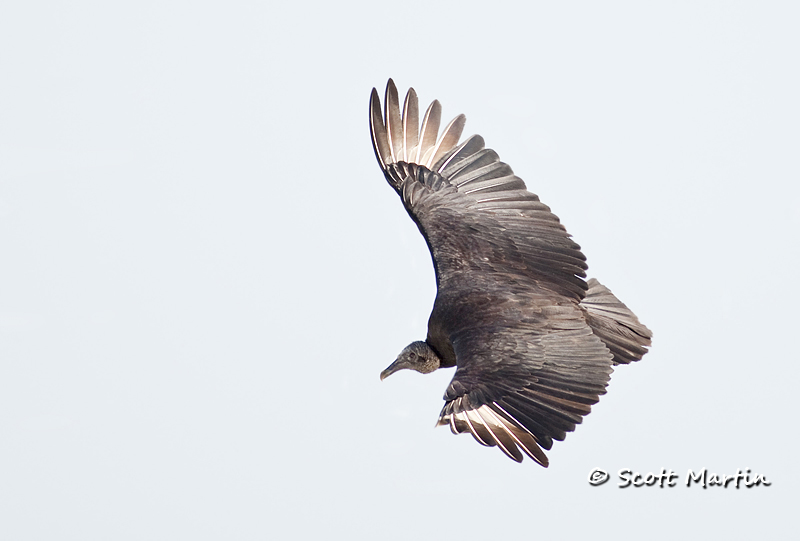
.
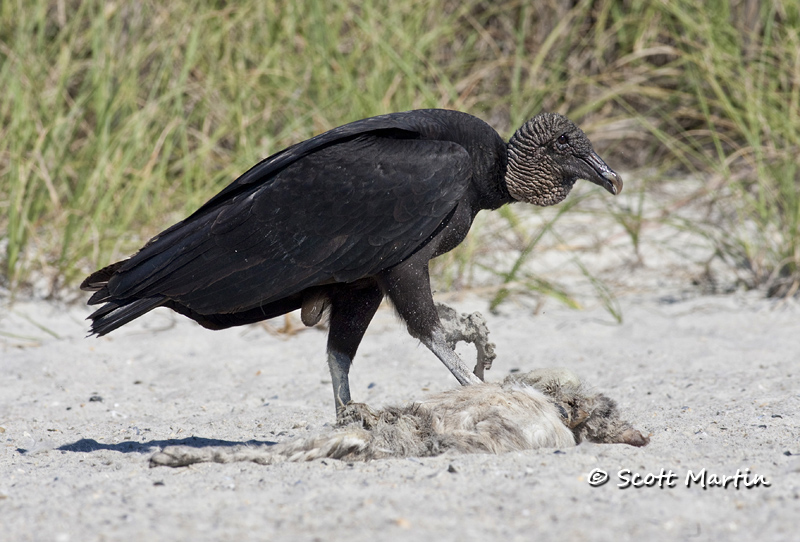
.
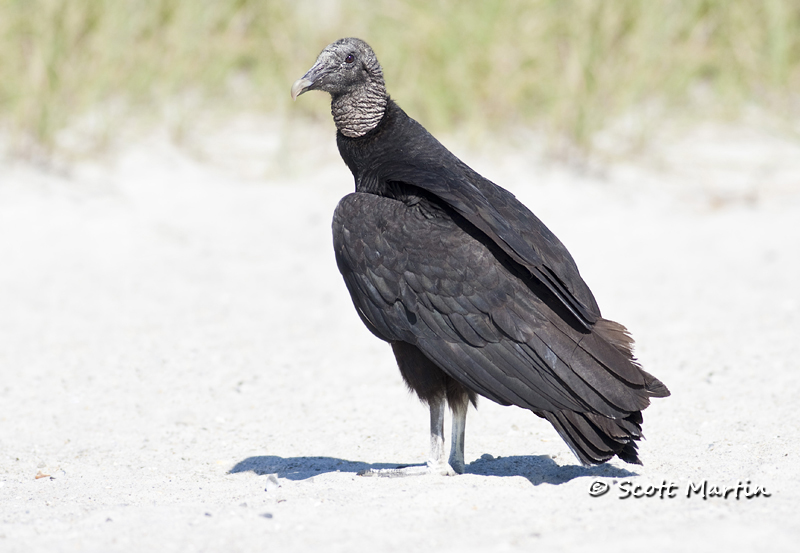
.
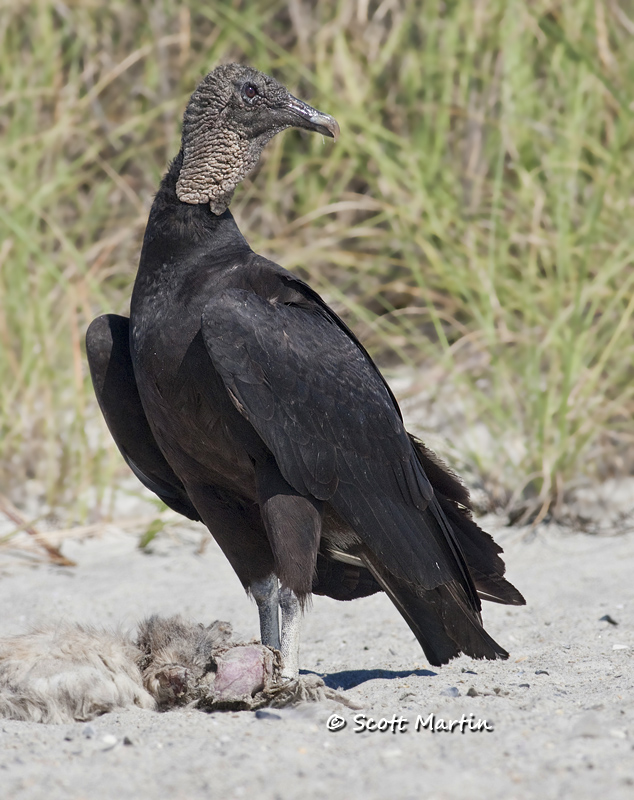
.
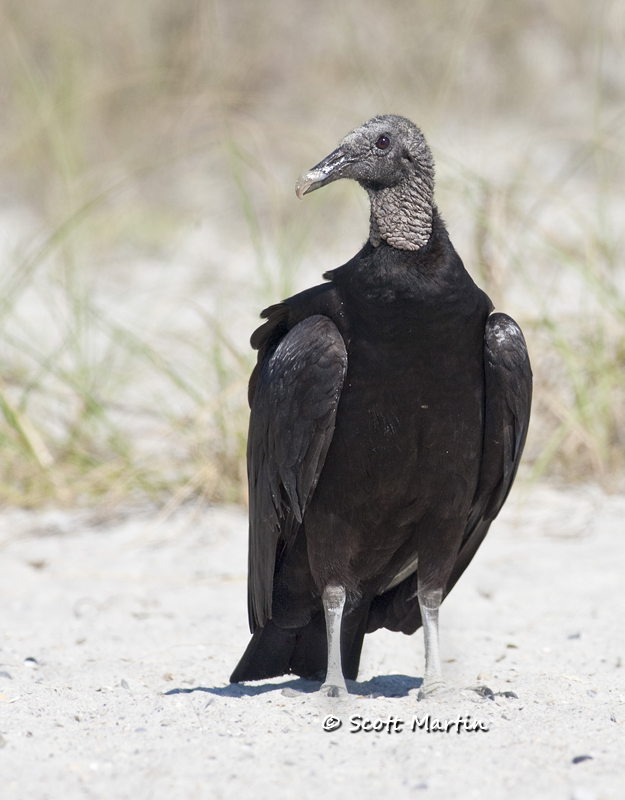
Two Turkey Vultures perched in a tree….this shot almost makes them look good 🙂
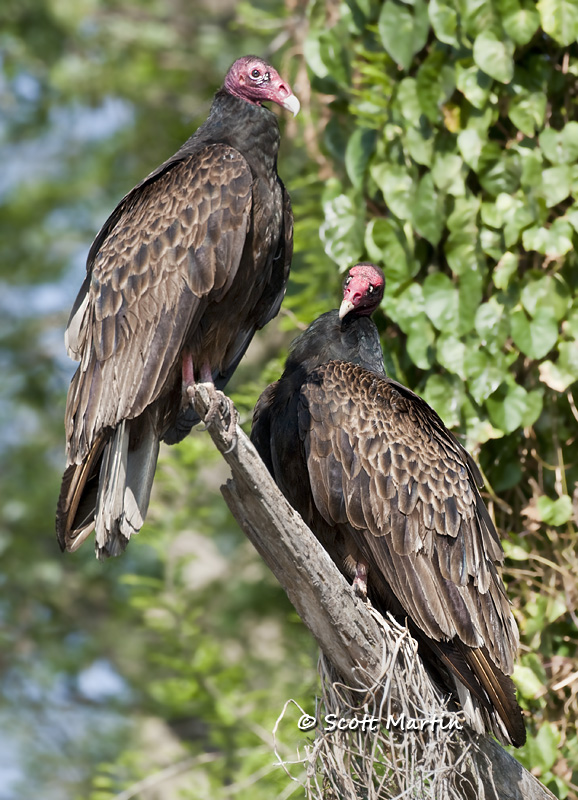
The last two images were taken a year ago at the Viera Wetlands and are of a Crested Caracara which I mentioned above as a better looking scavenger than the vultures. These images are unique as the Coot leg being taken back to the nest for the fledglings was not collected as scavenged carrion but rather the Coot was taken alive by the Caracara, a phenomenon I had not witnessed before as Caracara are primarily scavengers.
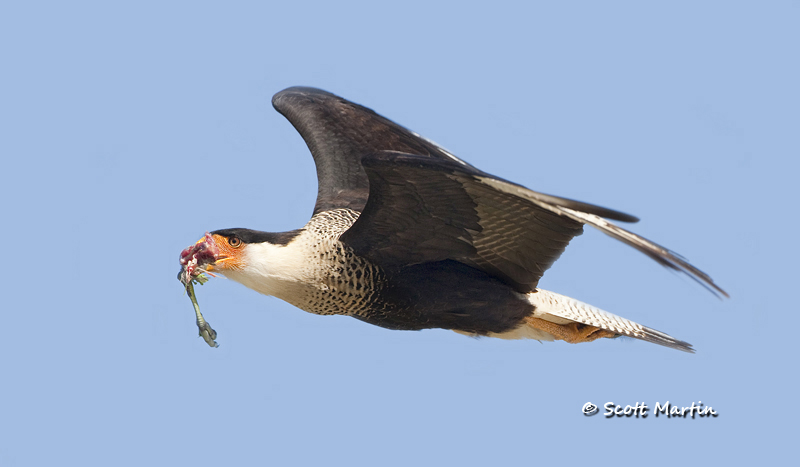
.
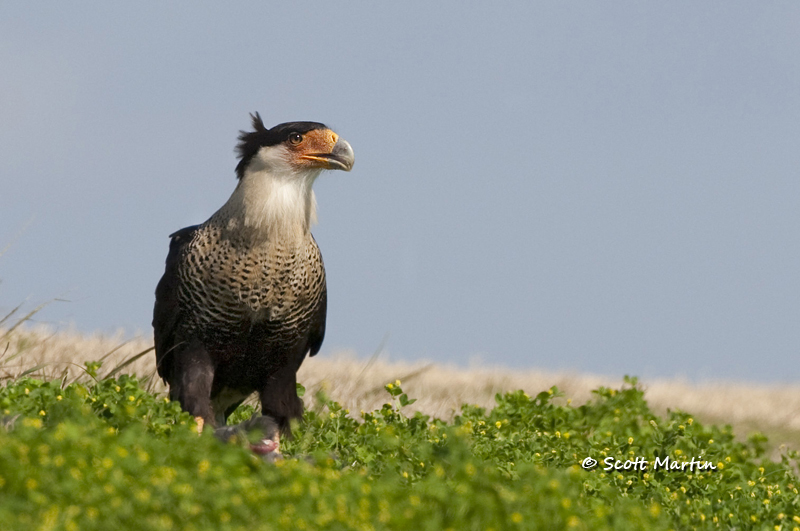
More images can be seen in the Vultures & Caracara Gallery


Thanks Arni, its always great to hear from you!
I have to agree that vultures are not the first thing I choose to photograph probably because they are very common, not very photogenic and often not very accessible. Whenever I see one hovering overhead, I can’t help but think B&W TV. Great images once again!